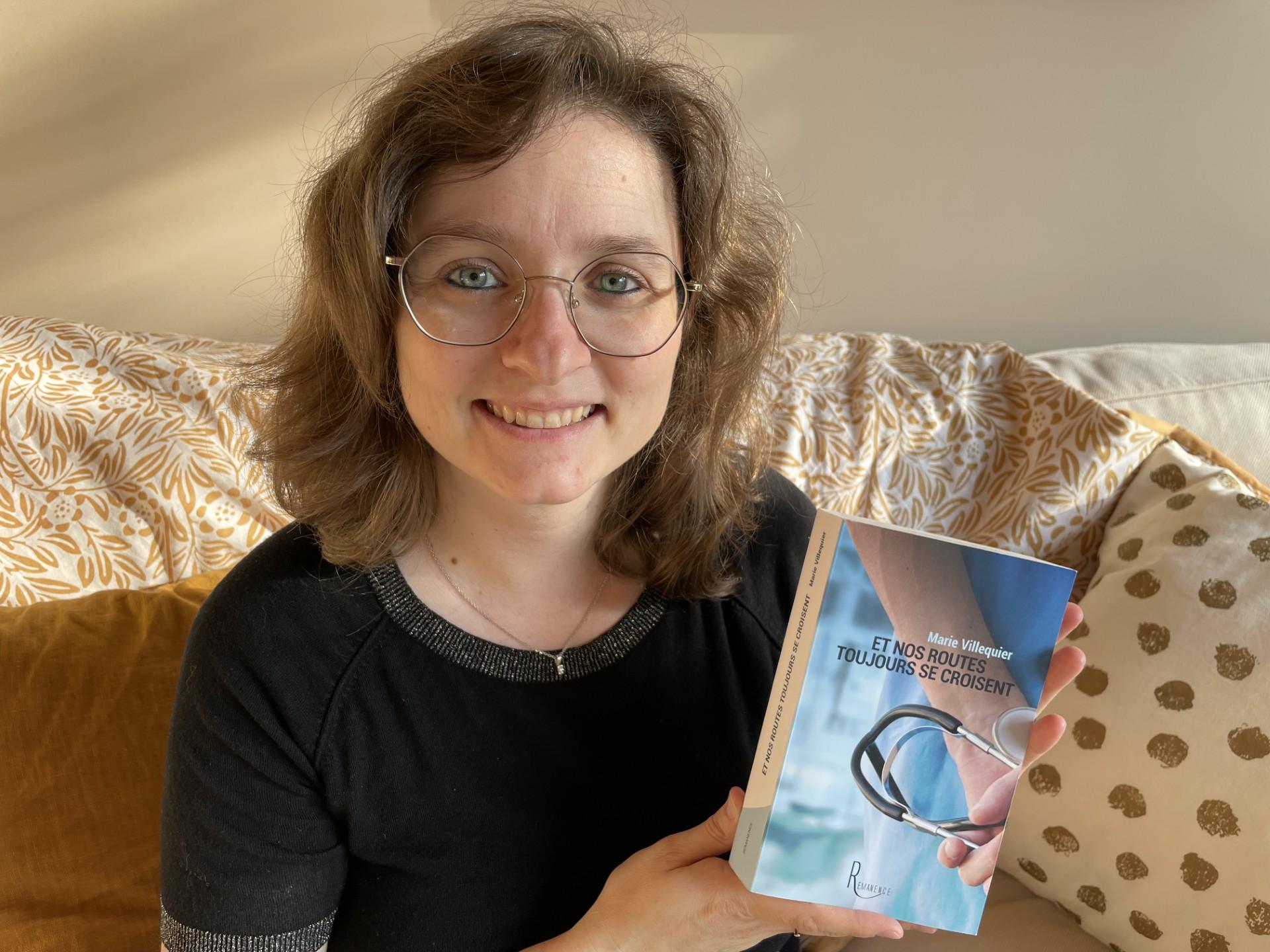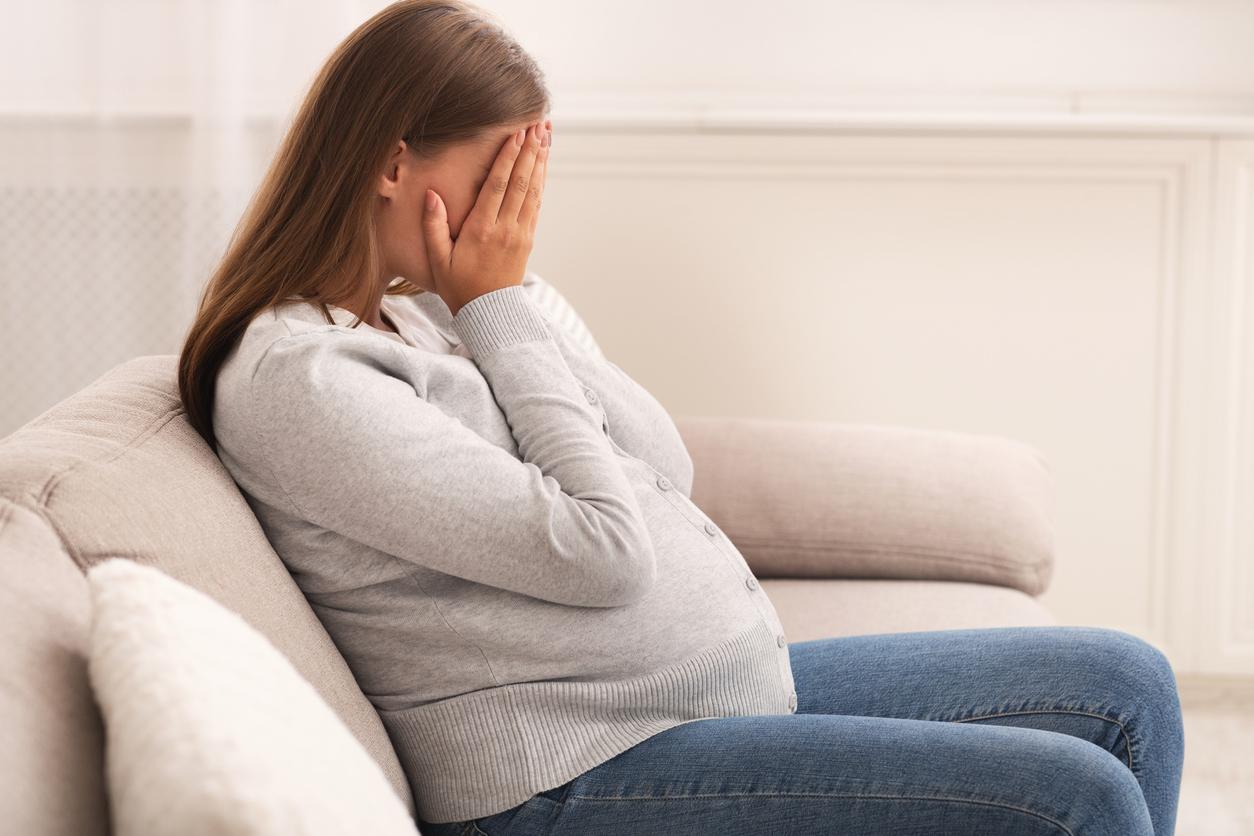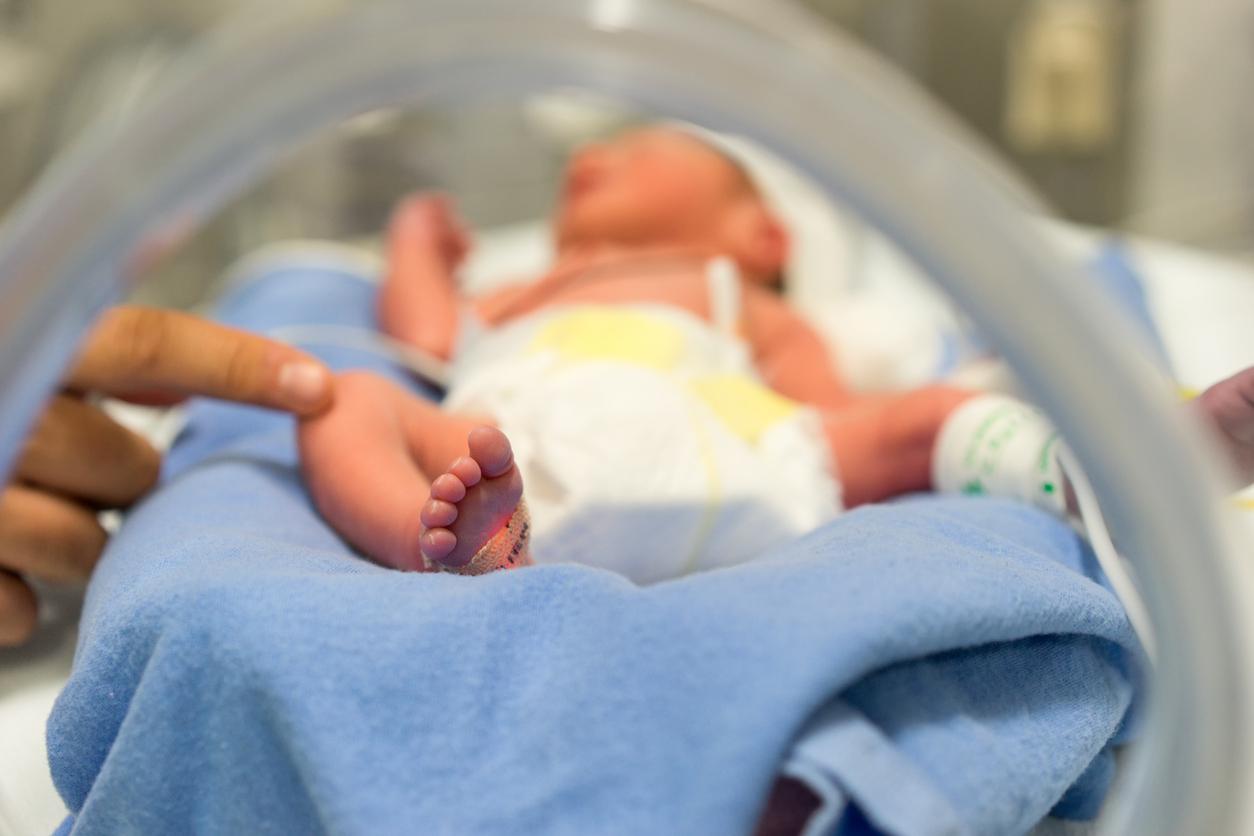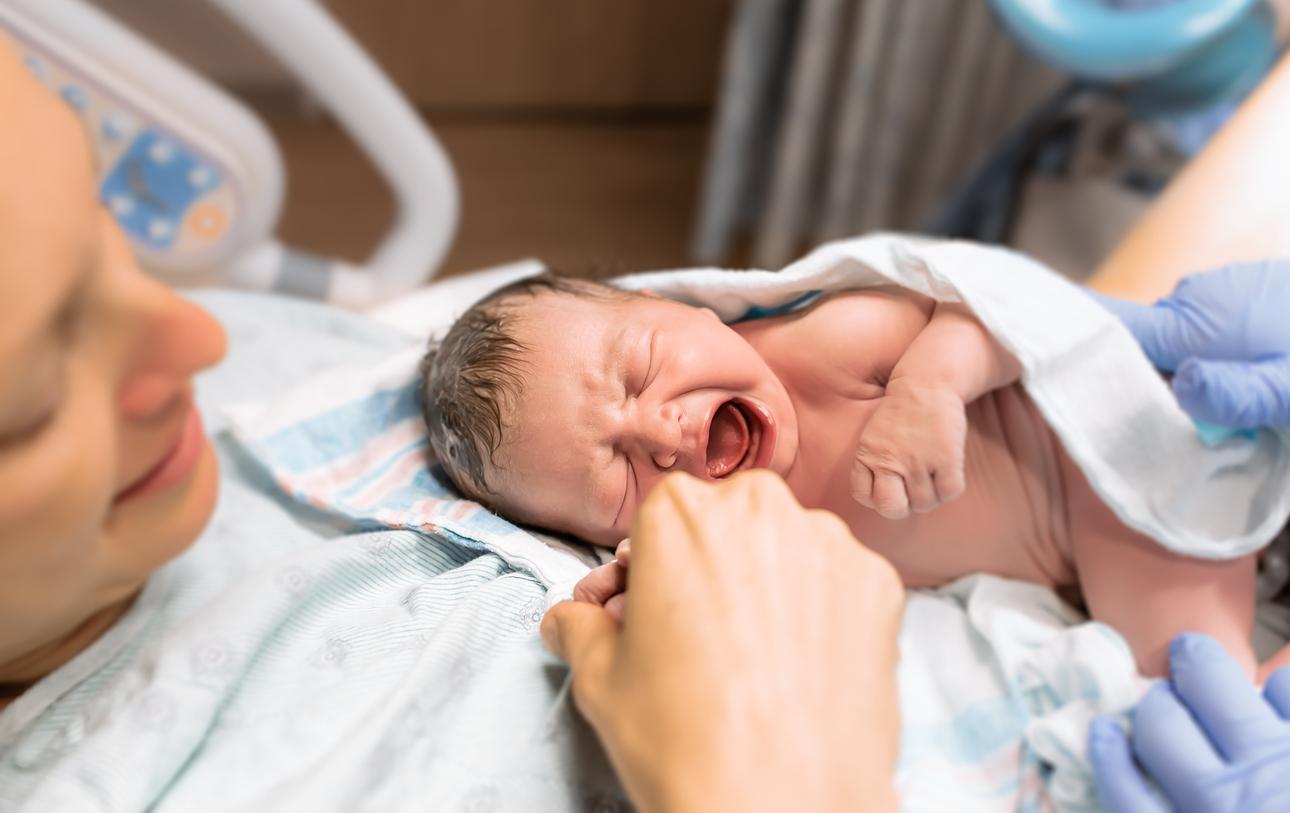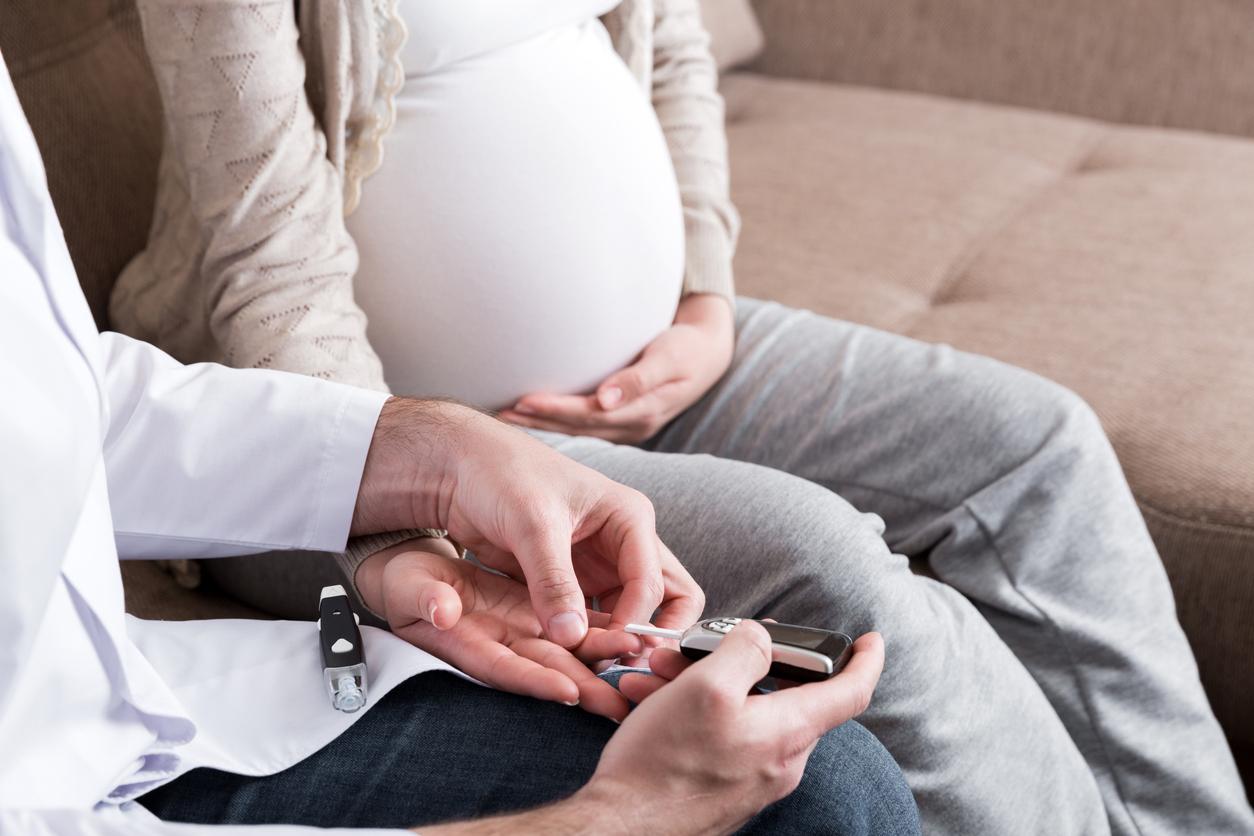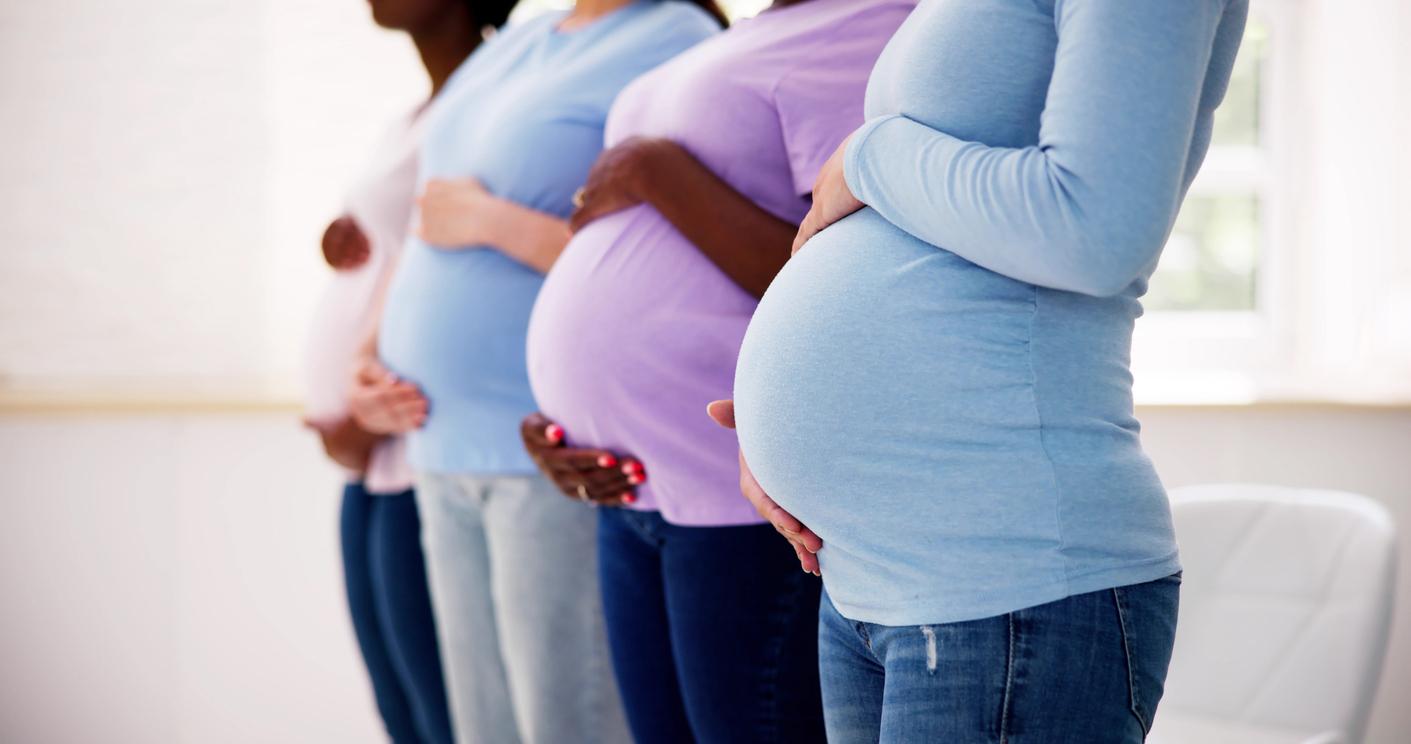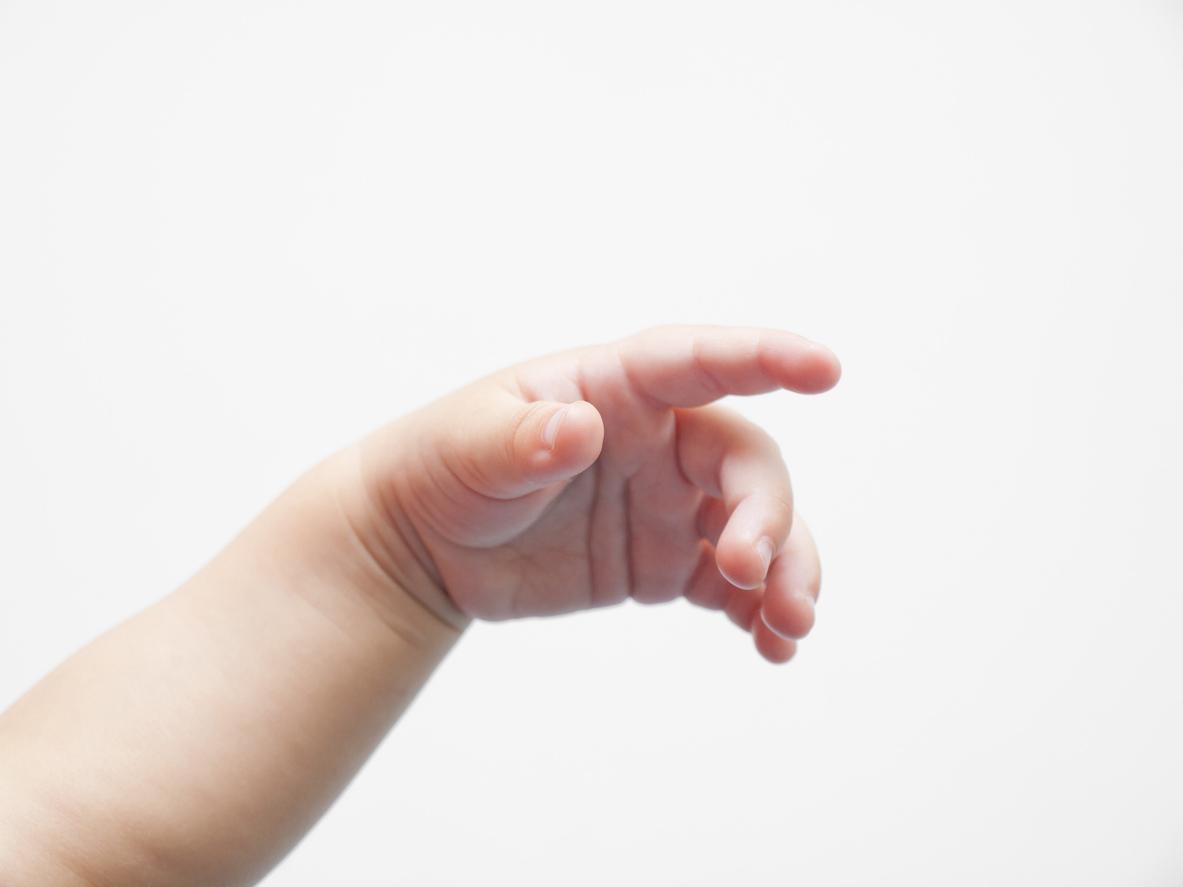An American couple donated embryos in 1992. Thanks to this, Molly was born in October 2020, 27 years later. She has a “biological sister” born thanks to the same donation, who was born in 2017.
-1607424374.jpg)
- Molly was born in 2020 thanks to an embryo donation made in 1992.
- There is no expiry date for the embryos, which remain viable as long as they are stored at the correct temperature.
- About 75% of thawed embryos survive but only 25 to 30% of them allow the birth of a child in the long term.
Science allows incredible feats. Tina Gibson, a 28-year-old American, gave birth last October to Molly, a baby girl from an embryo donation conceived 27 years ago. If this operation was possible, it is thanks to an American couple who chose to donate their embryos and have them frozen in 1992. For 27 years, the embryo was kept in a clinic in the Midwest of the United States. United before being inseminated to Tina Gibson in February 2020.
The family at the origin of this embryo donation is not at its first attempt. Already in 2017, a baby named Emma, Molly’s biological “big sister” in a way, also came from embryos frozen by this same couple. Molly’s birth is a world record, making her the child from the oldest implanted embryo in the world.
No age limit for an embryo
If the question of a possible “expiration date” of the embryos immediately comes to mind, this does not exist in theory as long as the samples are well preserved. “An embryo is never too oldsays Jeffrey Keenan, director of the National Embryo Donation Center, a Christian NGO responsible for keeping embryos frozen. If an embryo survives thawing well, it should have as much luck as a new embryo.”
In other words, what matters in the intact survival of an embryo is not the time it will have spent in a freezer, but its quality when it is frozen, the only variable for judging its viability or not upon thawing. The former director of the National Embryo Donation Center, Carol Sommerfelt, explained in 2017when Emma was born, that 75% of the embryos survived the thaw and transfer to the uterus, but only 25 to 30% of these implants made it possible to have a child.
According to the National Embryo Donation Center, the United States has one million frozen embryos awaiting insemination opportunities.
.







